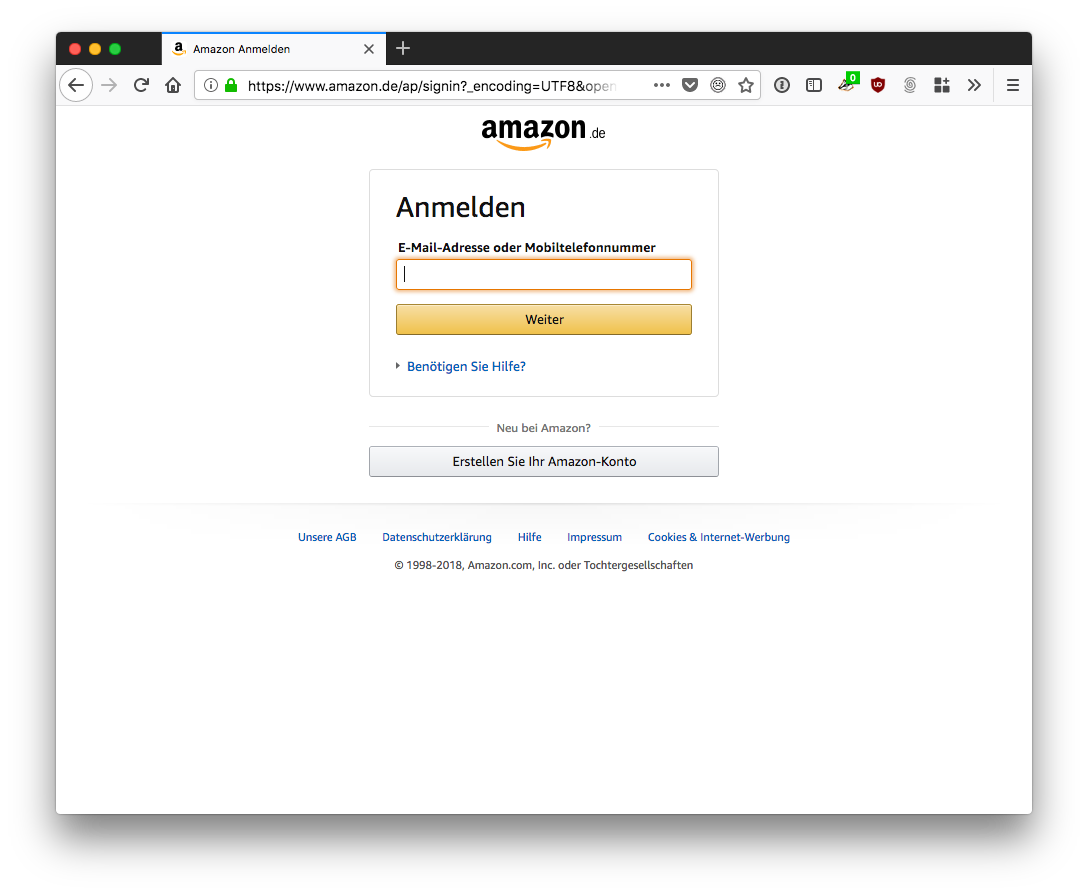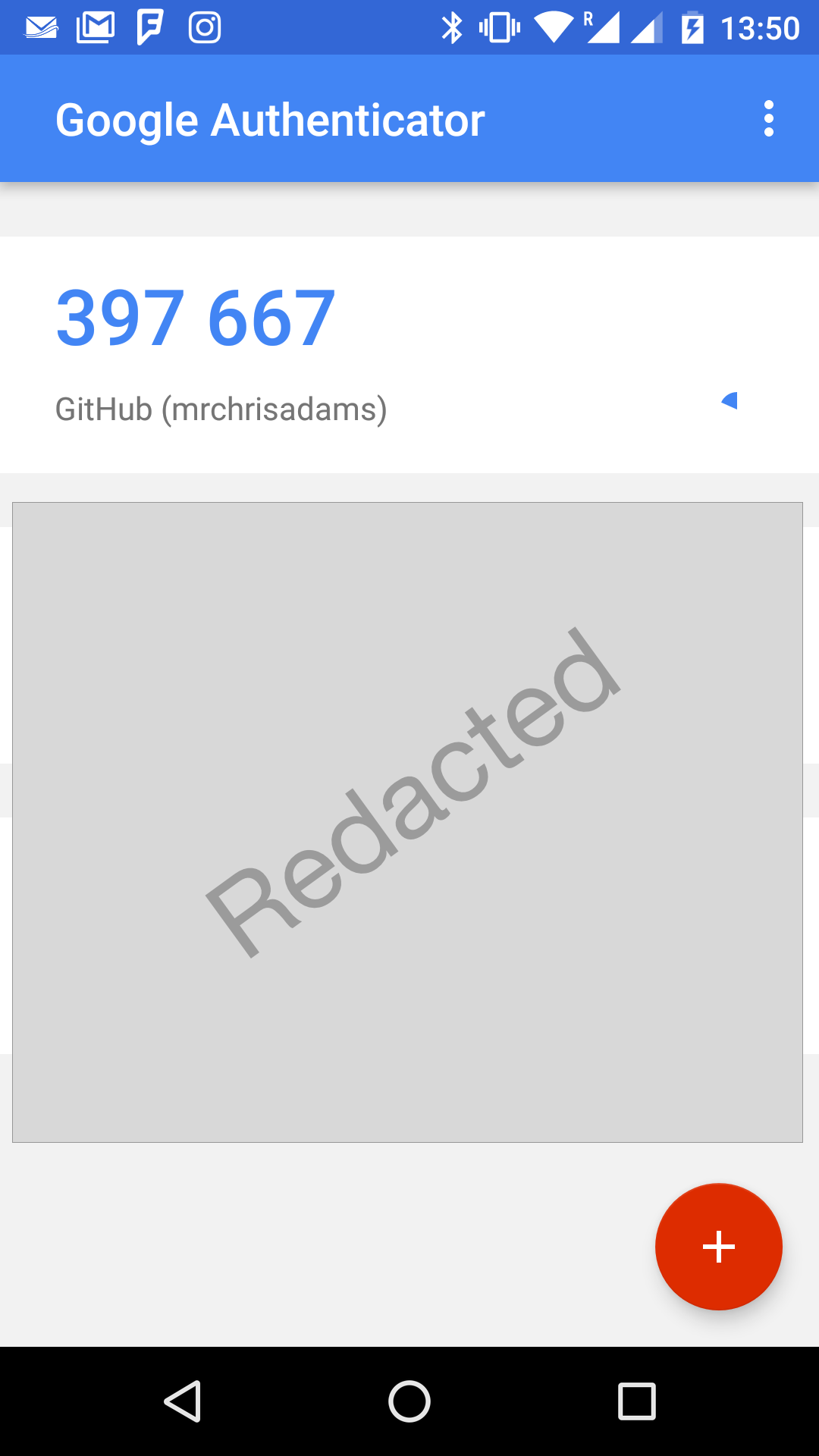Amazon and passwordless login UX
I signed into the German Amazon Retail site, today, and I saw a new sign-in flow. Being a UX nerd, I took photos and immediately took to twitter.
Here's what I saw.
Look! Only one thing being requested!
The first change is that like Google, and Eventbrite, they only ask for one thing per page now.
This roughly translates as 'login' , and 'email address or phone number', then 'continue'/

Next! No password requested!

Sometimes you might get the option to sign in with a password, but Amazon is also testing this as way in, where they send an email with a one-time-use login code to your email address instead of asking for your password. This is good, as most of us have terrible password hygiene (not you obviously though - I know you use a password manager, but the chances you have family members who don't, and also use the Amazon website).
A one time code, sent to your email, instead of a password

What you get sent to your address is this - the one time code, and some reassuring copy about taking your security seriously. Interestingly though - there's no link to click to get to Amazon at all. This feels like a good anti-phishing pattern.
I'm happy sharing a one time code in a screenshot here, because well… it's a one time code - you can only use it once. You might be able to social engineer access if you called Amazon, and said this code wasn't working, but the solution I hope they would give would be to tell me to generate a new code, or go through some escalated process to prove who I was.
Why I like this
As I mentioned before, most of us are terrible at managing passwords, so moving us away from relying on terrible passwords as a default as feels like a win.
Things I wish it did - chunking

I don't understand why these services don't chunk numbers longer than 3 digits to make them easier to read, or type in.
As an example, Google Authenticator does this chunking trick, and I think it makes it easier to read the numbers.
Well… it's not just me that thinks it makes it easier - this is not a new technique, and there is a paper from 1956 that explains how it helps with human computer interaction. There's also some recent, good advice on when and how to apply chunking from the Neilsen Norman group. It's not a new idea, and there are peer reviewed academic papers to help justify using the technique.
How many people are getting this?
I'm curious if this is a widespread experiment - if you see it too, and have opinions on it, let me know.
Also, I'm considering writing a piece about the common pitfalls when implementing passwordless logins, based on my own experience over the last few months. If I get say… 15 faves/likes, it'll justify me writing a more in-depth article, as it turns out there are quite a few non-obvious pitfalls along the way.
https://twitter.com/mrchrisadams/status/965914733772771328